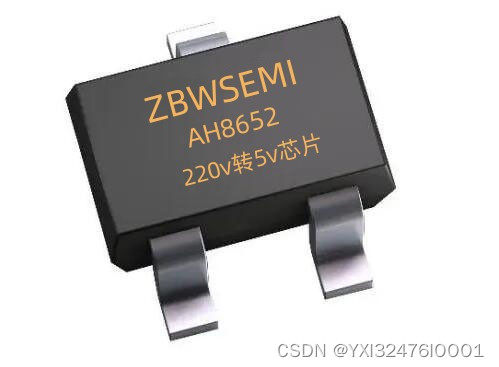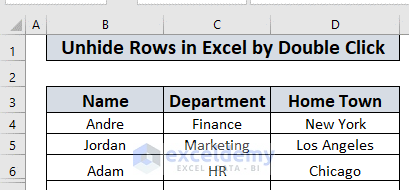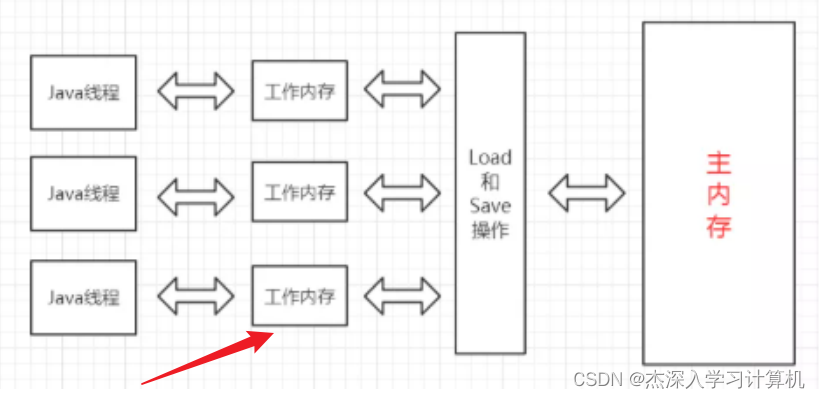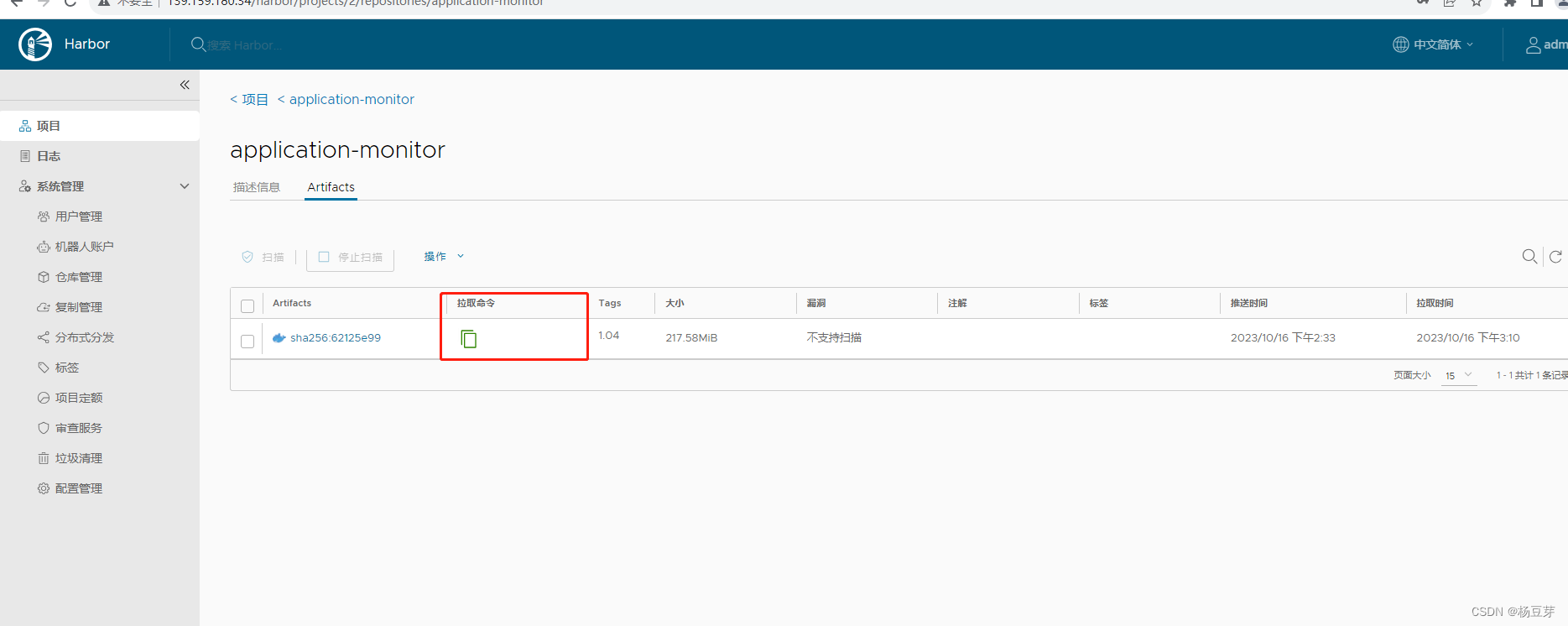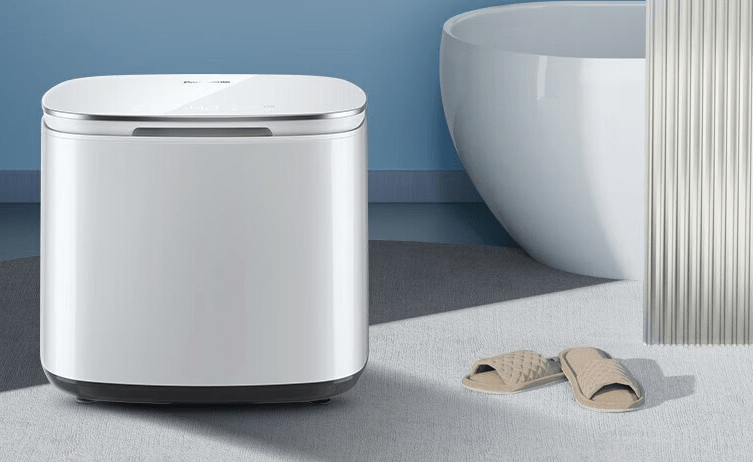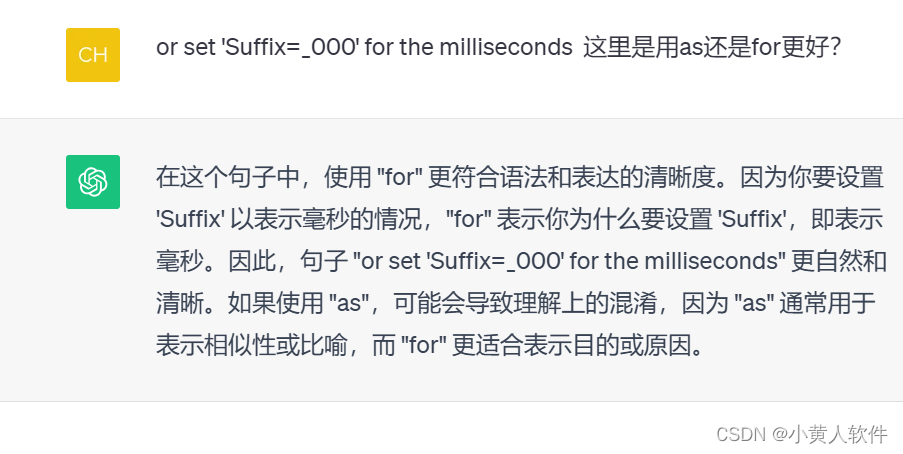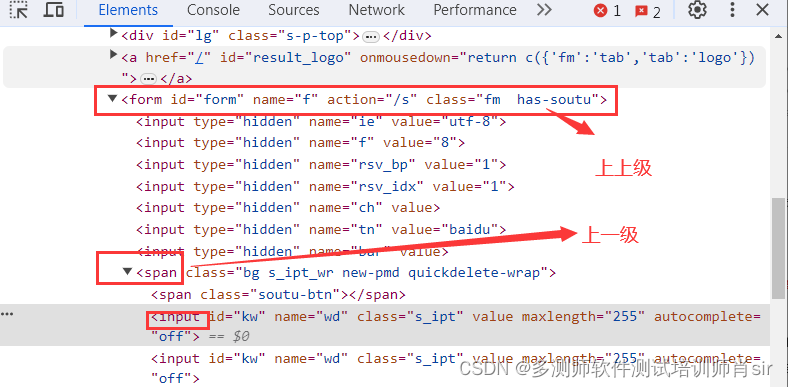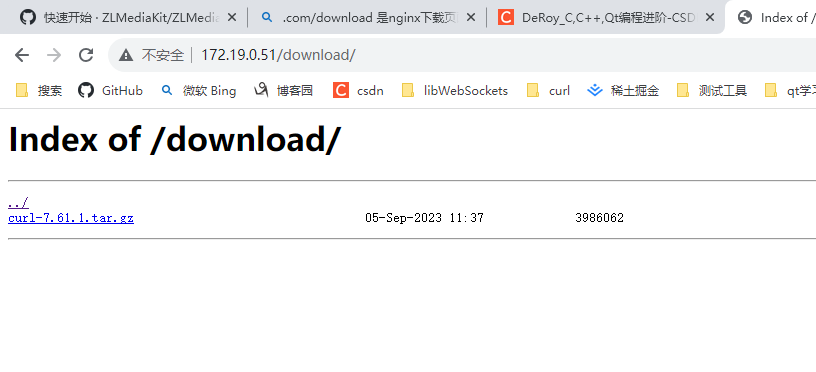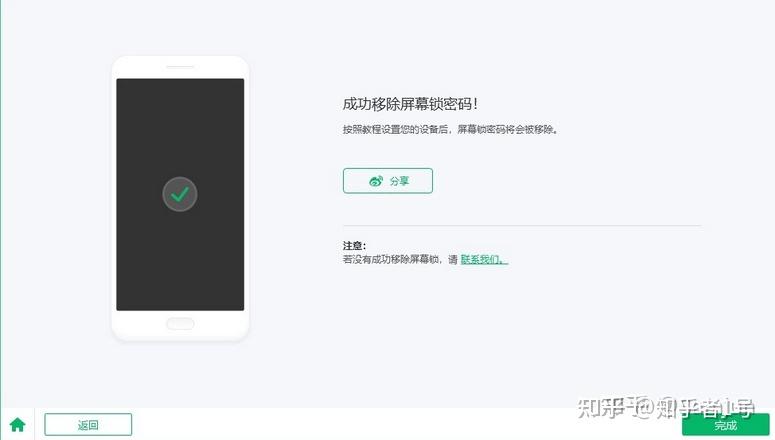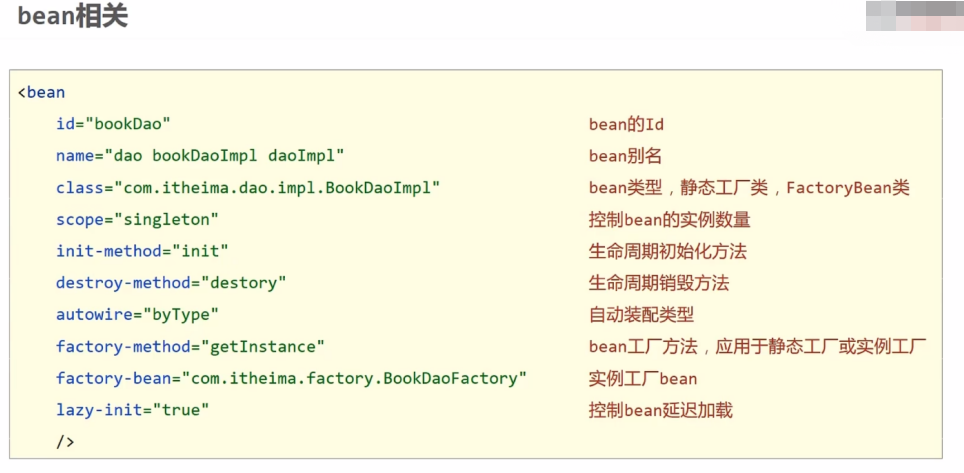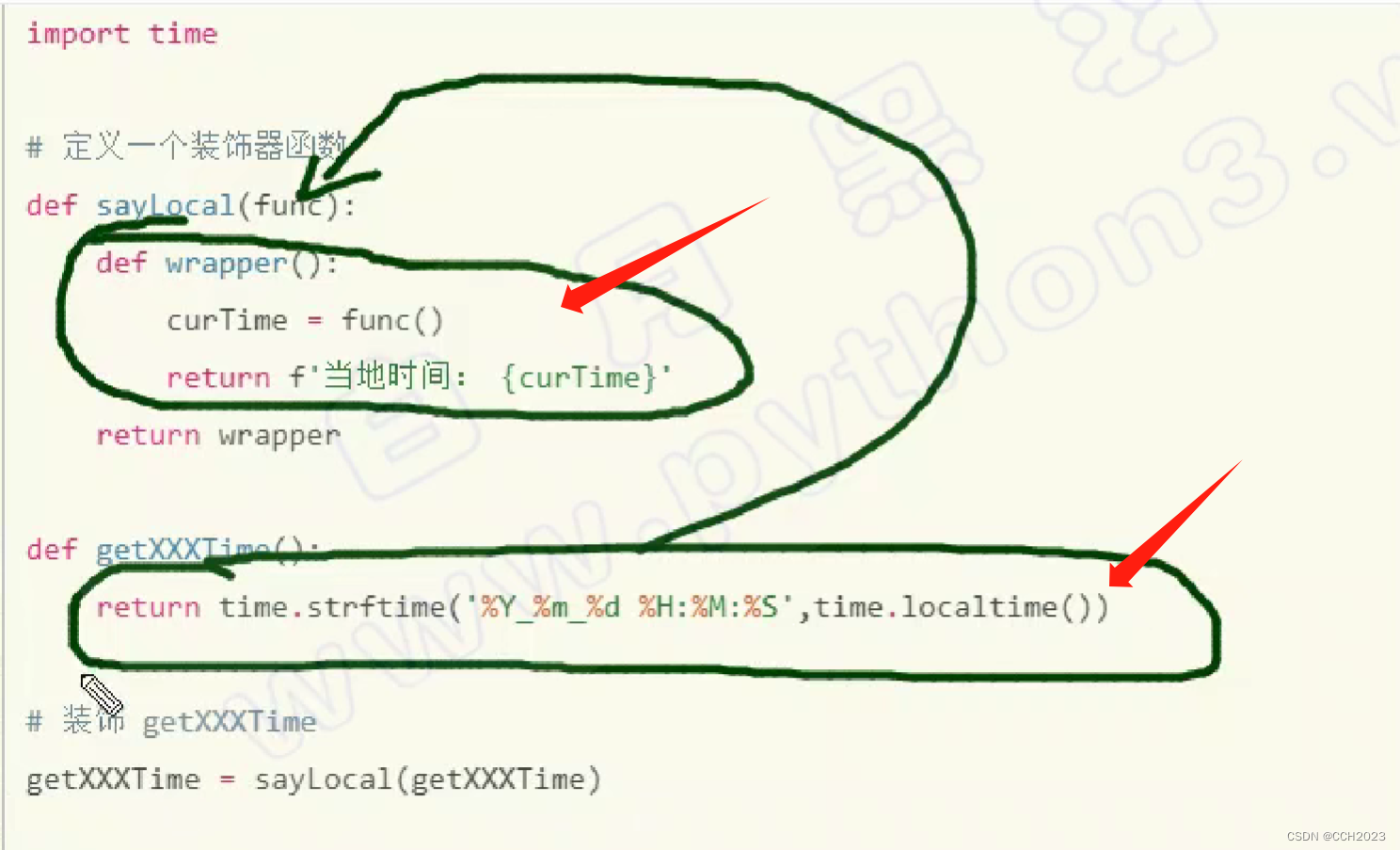目录
1 Profiles
1.1 "组件"环境隔离
1.1.1 标识环境
1.1.2 激活环境
1.2 "配置"环境隔离
1.2.1 添加"副配置文件"
1.2.2 激活环境
2 外部化配置
2.1 配置优先级
2.2 快速部署
3 自定义starter
3.1 基本抽取
3.1.1 导yaml提示包
3.1.2 【公共模块】抽取
3.1.3 【普通模块】引用
3.2 @EnableXxx注解抽取
3.3 自动配置抽取
3.3.1 SPI机制
3.3.2 全自动配置
1 Profiles
用于"环境隔离",能够快速切换开发环境(dev),测试环境(test),生产环境(prod)等
1.1 "组件"环境隔离
针对不同的环境,往SpringIOC容器中注册不同的组件
1.1.1 标识环境
@Profile({"dev","test"})注解可以配合@Component等注解使用,也可以配合@Bean注解使用,标记当前组件在指定环境下生效
没有标@Profile的类,在任何环境下都生效
@Profile对于@EnableConfigurationProperties({Dog.class,Cat.class})中的Dog类、Cat类不生效(即Dog类用了@Profile也会被注册进SpirngIOC)
1.1.2 激活环境
在properties.yaml文件中激活对应的环境,如果没有配置对应的"激活环境",则SpringBoot默认激活default环境; 如果配置了"激活环境",则default环境失效
spring:
profiles:
active: dev,test1.2 "配置"环境隔离
针对不同的环境,选择生效的"副配置文件"(主配置文件application.yaml永远生效)
1.2.1 添加"副配置文件"
例如:application-dev.yaml、application-test.yaml、application-prod.yaml
1.2.2 激活环境
激活方式与1.1.2相同,且只能写在主配置文件中:
例如:spring.profiles.active=dev,则application-dev.yaml生效
如果"副配置文件"和"主配置文件"配置冲突,以"副配置文件"为准
2 外部化配置
2.1 配置优先级
命令行 > 包内外 (例: java -jar demo.jar --server.port=9999)
jar包外配置优先级 > jar包内配置优先级
副配置优先级 > 主配置优先级
包内:(1)application.yaml #server.port=8000
(2)application-dev.yaml #server.port=8001
包外:(3)application.yaml #server.port=9000
(4)application-dev.yaml #server.port=9001
//有(1),以(1)为准
//有(1)(2),以(2)为准
//有(1)(2)(3),以(2)为准
//有(1)(2)(3)(4),以(4)为准
//执行的是命令行,以命令行为准2.2 快速部署
根据"配置优先级"的规则,当需要修改某一项配置,无需再重新打jar包部署,而只需要新建一个与jar包文件同级别的"外部配置文件",然后用java -jar命令再次执行jar包即可
3 自定义starter
当我们在编写多个模块时,往往有许多重复代码,可以考虑将这些重复代码抽取出来作为一个starter,然后让模块去引用此starter即可
3.1 基本抽取
3.1.1 导yaml提示包
在yaml中配置SpringBoot官方给的配置,当输入相关值的时候,会有提示
而一些自定义的配置(例如:属性绑定时),则在yaml文件中不会有提示,而且被属性绑定的类还会被IDEA标红提示

只需要引入spring提供的starter即可解决
<dependency>
<groupId>org.springframework.boot</groupId>
<artifactId>spring-boot-configuration-processor</artifactId>
<optional>true</optional>
</dependency>3.1.2 【公共模块】抽取
(1) 创建公共模块,可以起名为xxx-xxx-spring-boot-starter
(2) 导入此模块需要的依赖(jar包和starter),以及其它模块们都需要的公共依赖(这样其它模块就无须引入公共依赖了)
(3) 抽取公共代码(例如:问候接口/hello/welcome)
(4) 因为SpringBoot默认只会扫描自己主程序的包,外部引入的依赖包不会被扫描到,所以:
在【公共模块】的Spring配置类中,用@import或@Bean引入需要注册的组件(如Controller,Service,pojo等)
在【普通模块】引入【公共模块】后,在Spring配置类中用@Import或@Bean引入【公共模块】的Spring配置类
<!--新建一个【公共模块】,导入此模块需要的包,导入【普通模块】们都需要的公共依赖-->
<groupId>starter.xyz.aboluo</groupId>
<artifactId>aboluo-hello-spring-boot-starter</artifactId>
<version>1.0</version>
// 【公共模块】抽取公共代码(以"问候接口/hello/welcome"为例)
@RestController
@RequestMapping("/hello")
public class HelloController {
@Autowired
private HelloServiceImpl helloService; //注意:这里@Autowired的是ServiceImpl类,并不是Service接口(因为在【普通模块】中加载不到)
@PostMapping("/welcome")
public String hello() {
return helloService.hello();
}
}
//@Service 因为在Spring配置类中被用@Import引入了,此注解可以不写
public class HelloServiceImpl {
@Autowired
private HelloProperties helloProperties;
public String hello() {
return helloProperties.getWelcomeMessage() + "本服务是由【" + helloProperties.getCompanyName() + "】公司提供技术支持";
}
}
//【自动配置类】
//@Component 因为在Spring配置类中被用@EnableConfigurationProperties引入了,此注解可以不写
@ConfigurationProperties(prefix = "hello")
public class HelloProperties {
private String welcomeMessage;
private String companyName;
}
@SpringBootConfiguration
@ComponentScan("starter.xyz.aboluo")
//因为这些类在【普通模块】中不会被扫描到,所以全部引入到Spring配置类中
@Import({HelloController.class, HelloServiceImpl.class})
@EnableConfigurationProperties({Hello.class})
public class AboluoHelloAutoConfiguration {
}3.1.3 【普通模块】引用
<!--【普通模块】引入"自定义starter"-->
<dependency>
<groupId>starter.xyz.aboluo</groupId>
<artifactId>aboluo-hello-spring-boot-starter</artifactId>
<version>1.0</version>
</dependency>
//【普通模块】的Spring配置类中用@Import引入【公共模块】的Spring配置类
@SpringBootConfiguration
@MapperScan("xyz.aboluo.dao")
@Import(AboluoHelloAutoConfiguration.class)
public class SpringConfig {
}
// 在yaml中对Hello类进行"属性绑定"
hello:
welcome-message: 欢迎您的使用!
company-name: 字节跳动
//此时依赖【公共模块】的【普通模块】启动后,就可以访问到"问候接口/hello/welcome"3.2 @EnableXxx注解抽取
使用3.1的抽取方式的弊端:【普通模块】引入【公共模块】后,需要在Spring配置类上用@Import引入【公共模块】的Spring配置类
利用Enable机制,可以在【公共模块】中自定义一个@EnableXxx注解,【普通模块】在Spring配置类使用【公共模块】的自定义注解即可,无需再使用@Import了
//【公共模块】自定义注解
@Retention(RetentionPolicy.RUNTIME)
@Target({ElementType.TYPE})
@Documented
@Import({HelloController.class, HelloServiceImpl.class, Hello.class})
public @interface EnableHello {
}
//【普通模块】的Spring配置类上使用"自定义注解"
@SpringBootConfiguration
@MapperScan("xyz.aboluo.dao")
@EnableHello
public class SpringConfig {
}3.3 自动配置抽取
3.3.1 SPI机制
(Java的SPI默认访问META-INF/services/目录下的文件)
(SpringBoot的SPI默认访问META-INF/spring/目录下的文件)
项目引入官方starter依赖时,这个starter会继续依赖spring-boot-starter,其中一个核心依赖是spring-boot-autoconfigure,此时SpirngBoot会触发一个行为,自动去找org.springframework.boot:spring-boot-autoconfigure包META-INF/spring/org.springframework.boot.autoconfigure.AutoConfiguration.imports文件
此文件中所有的类(自动配置类一般写为XxxAutoConfiguration)会在项目启动时自动加载(被注册进SpringIOC),主要作用就是向SpringIOC容器中添加一些组件(用@Import或@Bean的方式)
并且会用@EnableConfigurationProperties指定对应的配置属性类,开启属性绑定
3.3.2 全自动配置
使用3.2的抽取方式,还需要在【普通模块】的Spring配置类写"自定义注解",有没有可能连自定义注解也不用写,直接引入【公共模块】就可以用呢?
利用SPI机制,在【公共模块】"类资源文件夹"resource下放META-INF/spring/org.springframework.boot.autoconfigure.AutoConfiguration.imports文件,并写入Spring配置类(主要是要其中的@Import)的全限定类名
//新建resource/META-INF/spring/org.springframework.boot.autoconfigure.AutoConfiguration.imports文件
starter.xyz.aboluo.boot.AboluoHelloAutoConfiguration
@SpringBootConfiguration
@ComponentScan("starter.xyz.aboluo")
@Import({HelloController.class, HelloServiceImpl.class})
@EnableConfigurationProperties({HelloProperties.class})
public class AboluoHelloAutoConfiguration {
}